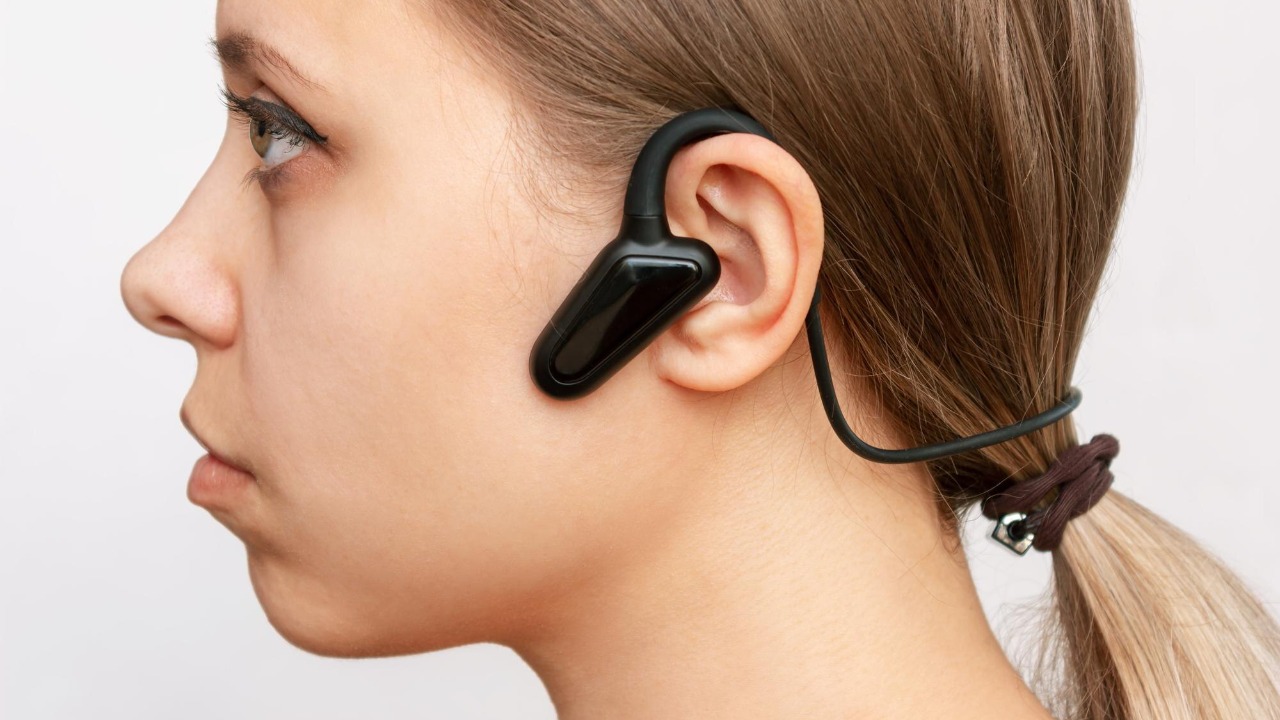
As we continue to explore the boundaries of technological advancements, scientists are making novel strides with revolutionary devices. One such cutting-edge invention is a set of headphones that enables you to “hear” through your skin. This significant development holds promising implications not only for individuals with hearing impairments but also for a broader scope of applications.
Understanding the Concept of “Hearing” Through Skin
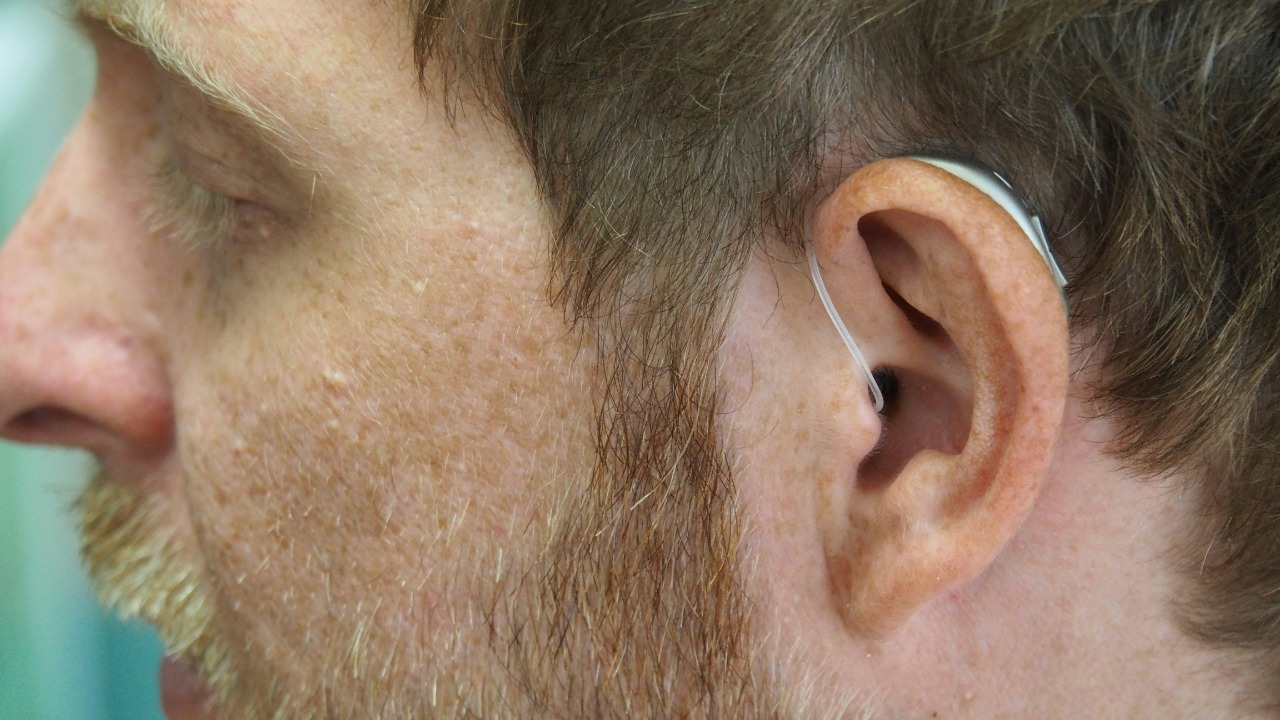
Typically, our perception of sound relies on the intricate structure of our ears. Sound waves travel through the air and are captured by our ear canal, vibrating the eardrum. These vibrations are then converted into signals by the cochlea in the inner ear, which are then interpreted by our brain.
However, the concept of hearing through the skin diverges from this conventional understanding. Instead, the skin essentially acts as a receptor for vibration-based signals, allowing us to perceive sound through a different medium. This is not entirely alien to us; we all have experienced the sensation of feeling the beats of loud music at a concert or through the vibrations of a cellphone on our skin. This technology takes this concept further, converting sound into tactile signals that can be perceived through the skin.
The Science Behind the Development
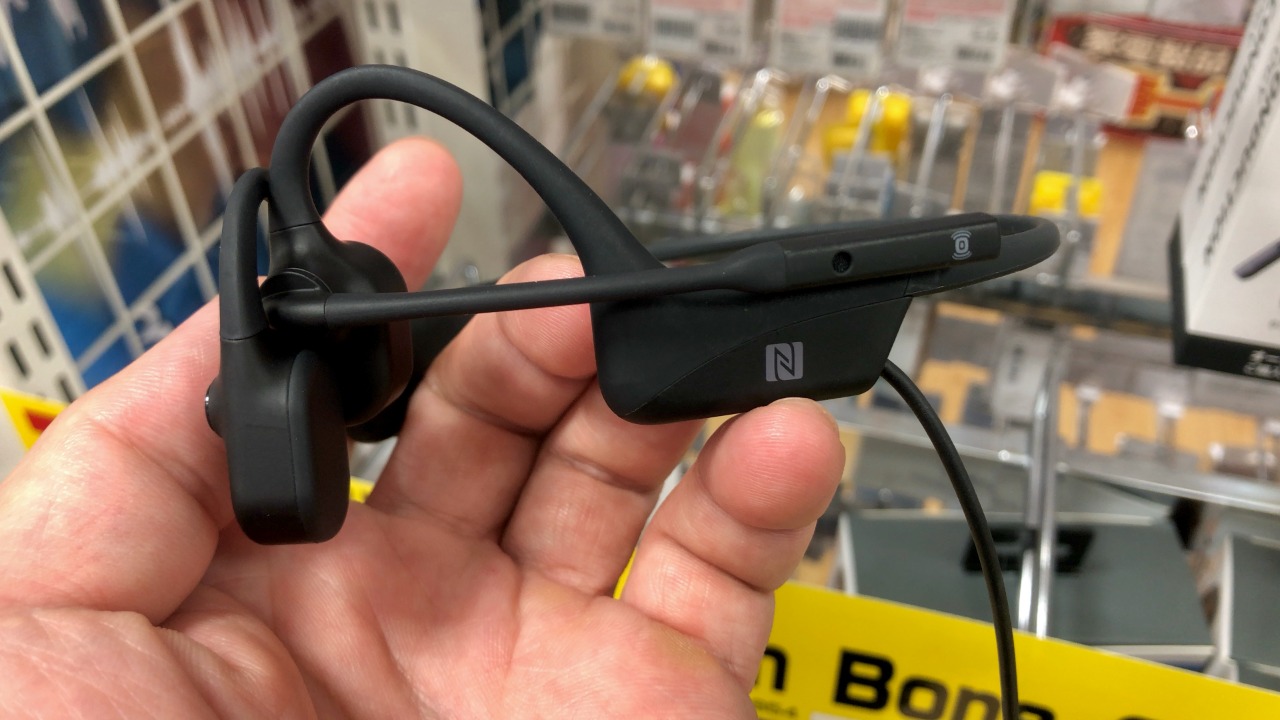
The development of these skin-hearing headphones is rooted in the principle of bone conduction. Traditionally used in hearing aids, bone conduction bypasses the eardrum and directly stimulates the cochlea through vibrations transmitted via the skull.
In the case of these headphones, sound is converted into vibrations by the device. These vibrations are then transmitted through the skin and underlying tissues, effectively allowing the user to perceive sound through tactile responses. A tremendous amount of scientific research and experimentation has gone into perfecting this technology, ensuring that it can accurately convey a wide range of frequencies and volumes.
Potential Applications and Benefits
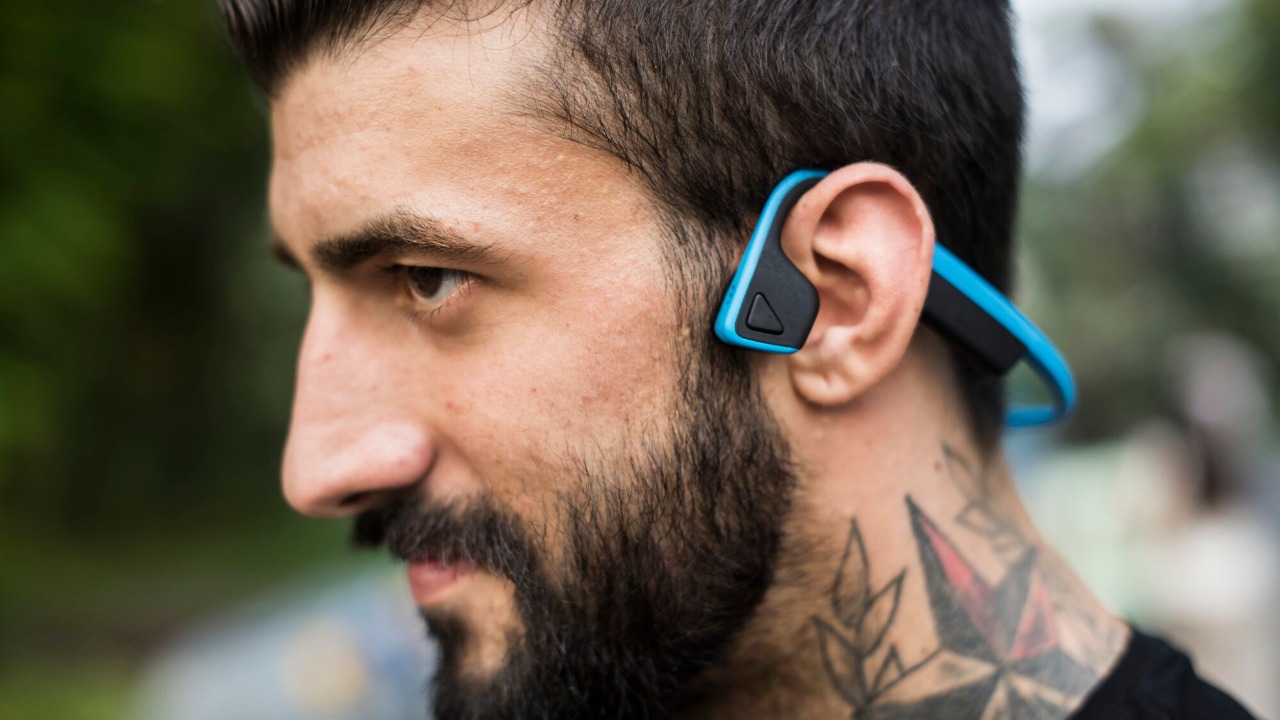
The most immediate application of this technology lies in aiding individuals with hearing impairments. For those unable to hear through traditional means, these headphones could provide a new avenue for sound perception. This would allow them to experience a whole new dimension of auditory sensation, potentially enhancing their interactions with the world around them.
Furthermore, these headphones could prove useful in high-noise environments. In such situations, traditional headphones often struggle to provide clear audio without significantly increasing the volume, which could lead to noise-induced hearing loss. However, by transmitting sound directly through the skin, these headphones could circumvent this issue, providing clear and distinct audio even in noisiest settings.
Additionally, the technology could change the way we interact with our devices. For instance, imagine receiving a phone call and being able to “hear” the person on the other end just by touching your phone, or feeling the beat of your favorite song through your smartwatch. The possibilities are as exciting as they are boundless.
Challenges and Limitations
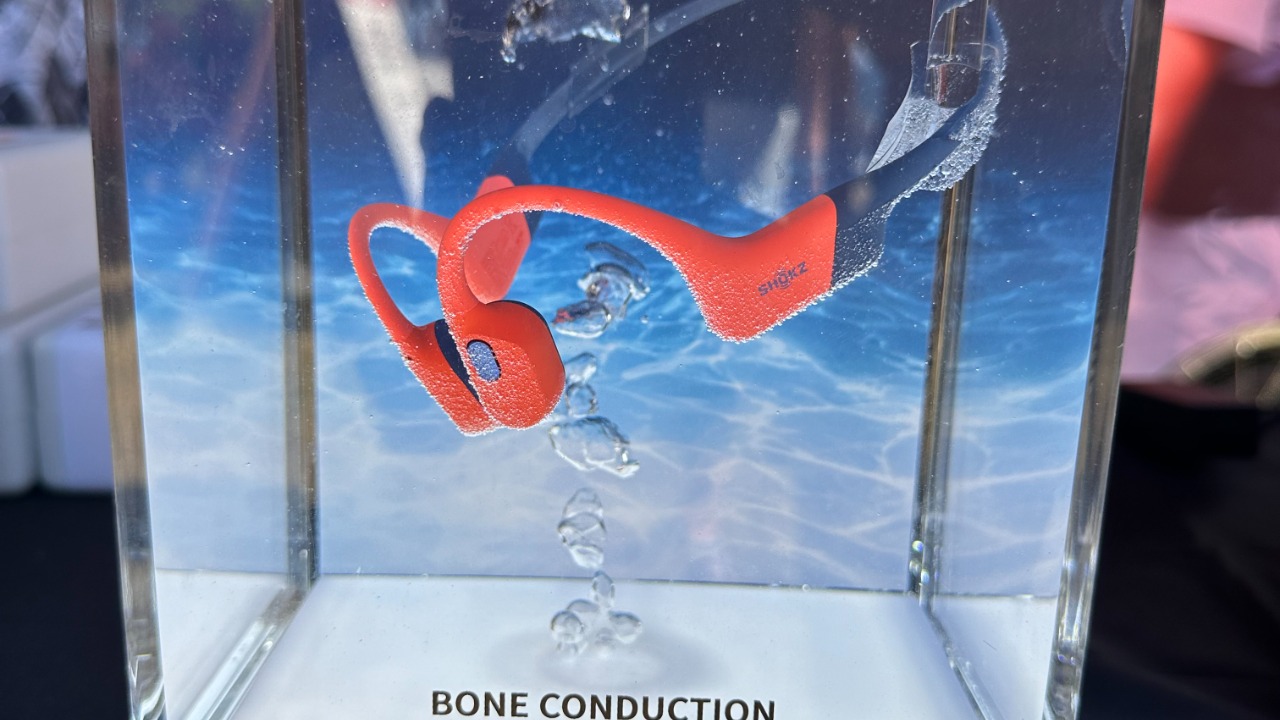
Like any developing technology, these headphones are not without their limitations. The quality and range of sounds they can produce currently falls short of traditional audio devices. Moreover, there could be potential risks or side effects associated with prolonged exposure to vibrations. While no significant issues have been reported so far, long-term studies are necessary to fully understand the implications.
Additionally, there were numerous technical challenges faced during the development process. Ensuring that the headphones could accurately convert a broad spectrum of sound frequencies into tactile signals and transmit them effectively through the skin was a significant hurdle. Nevertheless, scientists continue to refine and improve upon this technology.
Future Perspectives: What’s Next in This Field
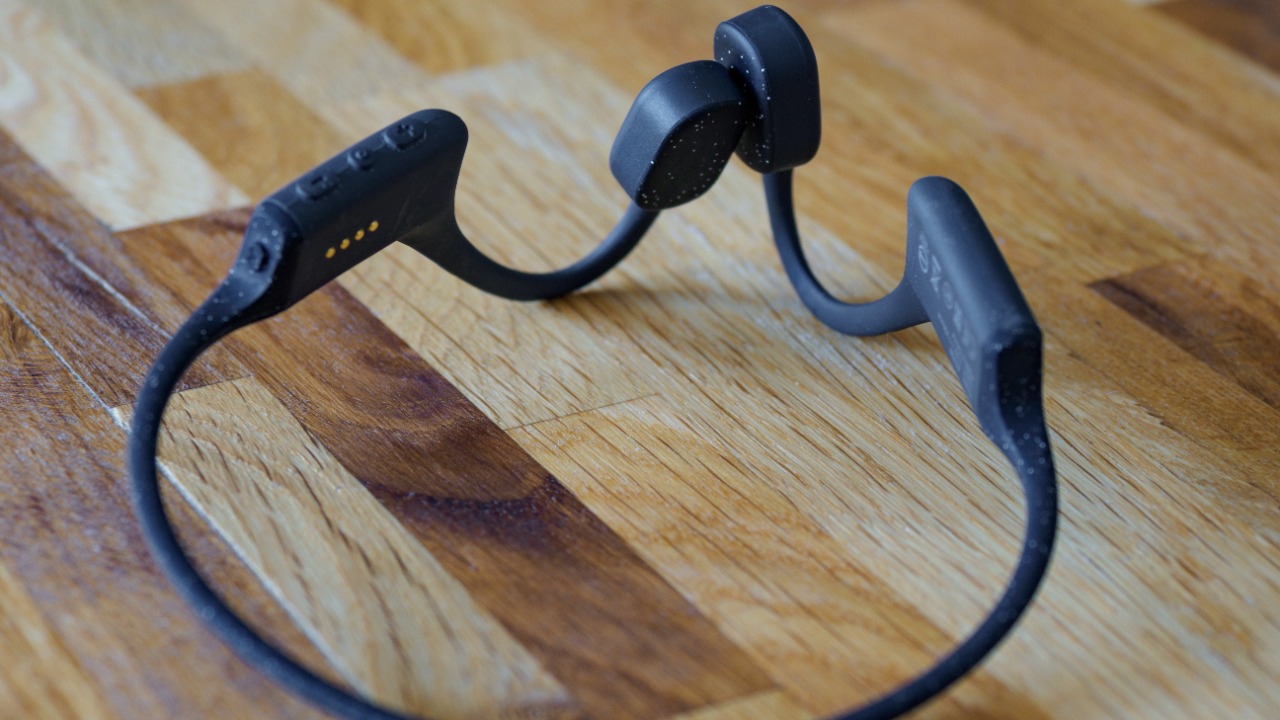
Research and development in this field are ongoing, with constant efforts being made to enhance the technology. While the current focus is on improving sound quality and range, scientists are also exploring potential applications beyond hearing. For instance, there is potential for this technology to be integrated into virtual and augmented reality devices, providing users with a more immersive sensory experience.
In the broader context of technological advancement and accessibility, this innovation marks a significant step forward. As we strive towards creating an inclusive society, technologies like these headphones pave the way for a future where barriers imposed by physical impairments are reduced or even eliminated. As highlighted in the Sage Journal and Google Books, innovations like these are not just about pushing the boundaries of what technology can do, but also about making the world more accessible for everyone.